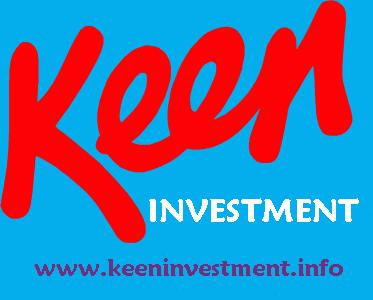How to Reach Your Ultimate Vision
How to Reach Your Ultimate Vision
By Dave Lavinsky
You know you must create a vision for your business to be successful. Without one, you won’t know where you’re headed. Once you have one, you can use it to reverse engineer a business plan to attain it.
The first step is to write down where you want to go. We call this your vision or mission. There are actually two visions you need to develop: one from a customer perspective and one from a business perspective.
Your vision from a customer perspective explains what you are trying to do for your customers. One restaurant’s customer vision might be to, “serve the best Italian food in this town.” Your vision from a business perspective explains what your organization is trying to achieve financially and your long-term vision. For example, do you want to sell your organization to another company or to your employees? Give it to your children? Take it public? Continue to run it and reap ongoing profits?
Your customer-focused vision should explain what you are trying to do for your customers. Ask yourself what is the one thing that are you trying to do better than anyone else in serving your customers? A good customer-focused vision statement could be “to provide the most environmentally-friendly cleaning products” or “to provide the highest-quality automotive service” to customers. It’s also critical to add a number of customers and an end date to your customer-focused vision statement.
Judge your statement against these questions:
- Will it inspire you, your employees, your customers or potential investors or partners?
- Does it clearly state what your company does?
- Is it realistic and believable?
- Is it in line with your and your company’s values and culture?
But a business can’t achieve its customer-focused vision if it goes out of business. Your business-focused vision statement must show the endgame you’d like to achieve, and the financial metrics and business assets you need to realize it.
There will come a time when an owner will leave the business, so define the endgame you’d prefer: selling the business, taking it public, giving it to your children or selling it to employees. Think about your potential date of exit and the amount for which you’d like to sell your company.
Write down the endgame you’d like to achieve: the date of your exit, how you will exit and the dollar amount of your exit. For example, “on Dec. 31, 2018, I will sell my business for $40 million.” Now you need to identify and achieve the requirements for success. For example, let’s say that you would like to sell your business for $40 million. How much revenue must you be generating at the time of sale? How many customers must you be serving? How many employees will you have?
To determine what your business needs to look like to earn your chosen payday, you need to consider financial metrics and business assets. Financial metrics are the actual numbers that gauge your performance. Common measurements include dollar revenues, dollar EBITDA (that’s shorthand for earnings before interest, taxes and depreciation, depletion and amortization), percentage of market share, and numbers of customers.
Business assets are the elements you’ve created that give you future economic benefits. They allow you to achieve your financial metrics. They include products and services; technology and intellectual property; strategic partnerships; brand and reputation, and plants and operating equipment.
Understanding financial metrics and business assets forces most entrepreneurs to stop focusing solely on growing revenues and profits, and figure out what assets they must build to achieve those financial metrics. Here’s a fictional example:
I have a small company that sells organic sunscreen, and my endgame is to sell it for $40 million onDec. 31, 2018. Working backward, I know that businesses in my sector sell on average for two times revenues.
To realize my $40 million sale, I need to generate $20 million in annual sales. I would like to generate 25 percent earnings before EBITDA because that would appeal to both an acquirer and myself. So, my EBITDA goal is $5 million.
I must sell 2.85 million bottles per year, at a wholesale price of $7 per unit, to generate $20 million in sales. My average customer will buy four bottles a year, so I will need to serve 712,500 customers.
To achieve these financial metrics, I will need to build significant business assets and hire marketing, public relations and social media experts and teams. I will also need to build a customer service team and hire a chief financial officer to raise money and manage finances.
I must increase the size of my U.S. plant, contract an overseas manufacturing facility, and hire a manager to manage operations.
I will need to be in 1,200 retail locations that can sell, on average, 1,000 units per year and 6,600 retail locations that can sell, on average, 250 units per year. So I need to secure six distributors and get direct accounts with select retailers.
Finally, I need to standardize hiring and training, product manufacturing, quality control and distribution and new-product development.
Now envision your company at its exit. What financial metrics do you need to achieve to realize your endgame or exit vision? What business assets do you need to build?
Answer these questions now. They are the key to your ultimate success.
